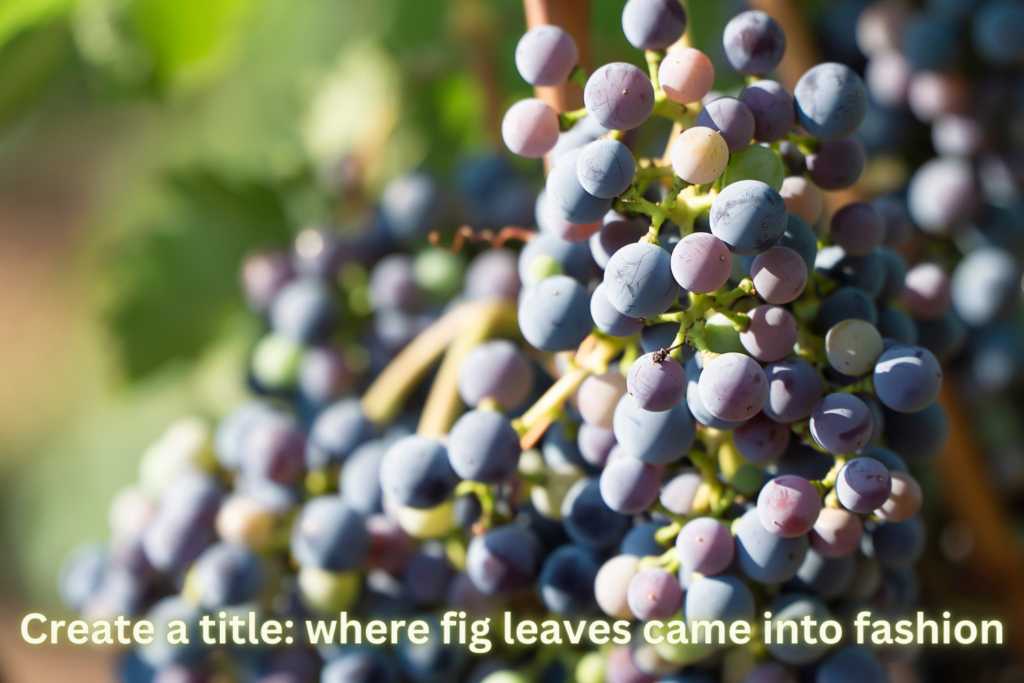When we think of fashion, we often envision elaborate gowns, tailored suits, and the latest trends. But the concept of clothing, and by extension, fashion, has a much more humble beginning. Let’s delve into the earliest form of human attire: the fig leaf.
Nature’s First Fashion Designer
Before the advent of textiles and sewing, our ancestors turned to nature for their clothing needs. Fig leaves, with their large, broad leaves, proved to be an ideal material. They were readily available, easy to manipulate, and provided decent coverage.
A Symbolism of Shame or Modesty?
The biblical story of Adam and Eve often comes to mind when discussing fig leaves. After partaking of the forbidden fruit, they realized their nakedness and used fig leaves to cover themselves. This narrative has led to the interpretation of fig leaves as a symbol of shame or modesty.
However, it’s important to note that the concept of modesty and shame is culturally specific. In many ancient cultures, nudity was not seen as shameful, especially in certain contexts like religious rituals or athletic activities. The use of fig leaves might have been more practical than symbolic, providing protection from the elements and insects.
The Evolution of Fashion
While fig leaves were a practical solution for our early ancestors, the human desire for adornment and self-expression led to the development of more sophisticated clothing. The invention of tools like needles and the domestication of animals allowed for the creation of garments made from animal hides and woven textiles.
The journey from fig leaves to high fashion is a testament to human ingenuity and creativity. It’s a reminder that fashion is not just about trends and appearances; it’s also a r
FAQs:
Here are some common questions about fig leaves:
Culinary Uses
- Can you eat fig leaves?
- While fig leaves are not typically eaten directly, they are often used to impart a unique flavor to dishes. They can be used to wrap foods like meats and fish before cooking, or steeped in liquids to create syrups or infusions.
- What do fig leaves taste like?
- Fig leaves have a distinctive, earthy flavor with notes of coconut and walnut. They can add a subtle complexity to both sweet and savory dishes.
- How do you use fig leaves in cooking?
- Fig leaves can be used in various ways:
- Wrapping: Wrap meats, fish, or vegetables in fig leaves before grilling or baking to impart flavor and moisture.
- Infusing: Steep fig leaves in liquids like water, wine, or spirits to create flavored infusions.
- Syrups: Boil fig leaves with sugar and water to make a fragrant syrup for desserts or cocktails.
- Fig leaves can be used in various ways:
Historical and Cultural Significance
- Why were fig leaves used in biblical times?
- In the biblical story of Adam and Eve, fig leaves were used to cover their nakedness after eating the forbidden fruit. This symbolizes shame and the need for clothing.
- Are fig leaves still used for clothing today?
- While fig leaves are no longer used as primary clothing, they remain a significant symbol in art, literature, and culture, often representing modesty, innocence, or the natural world.

